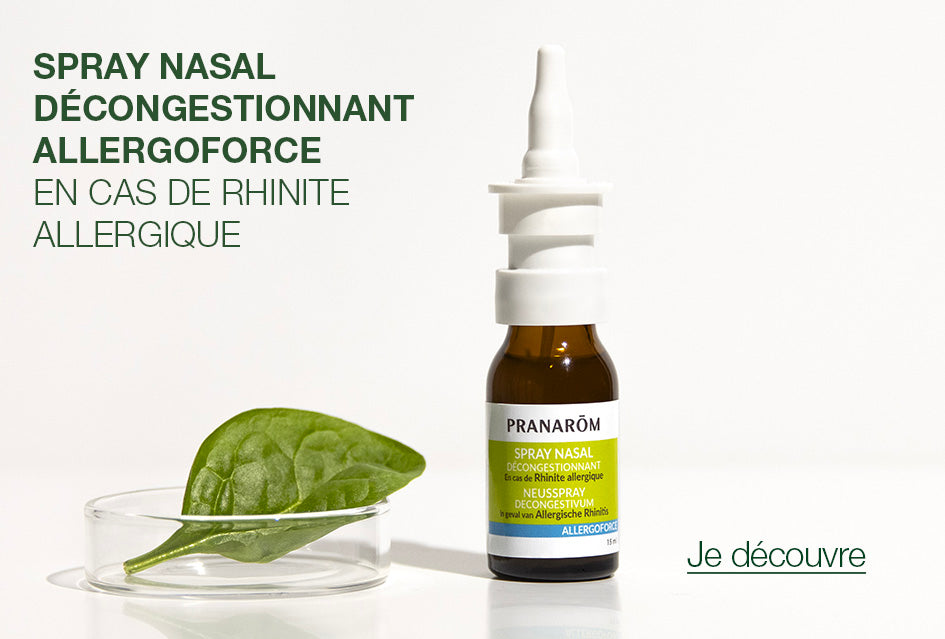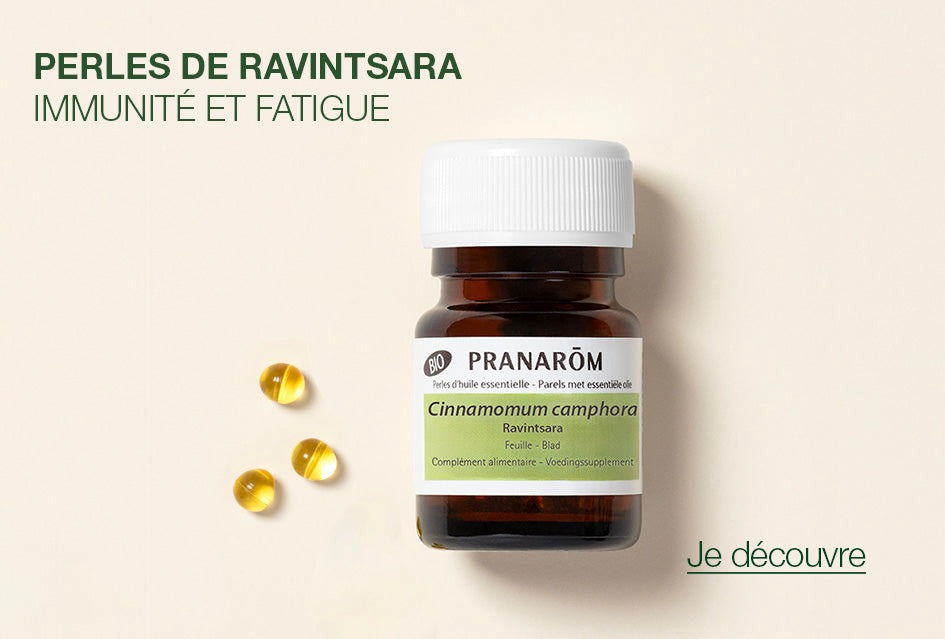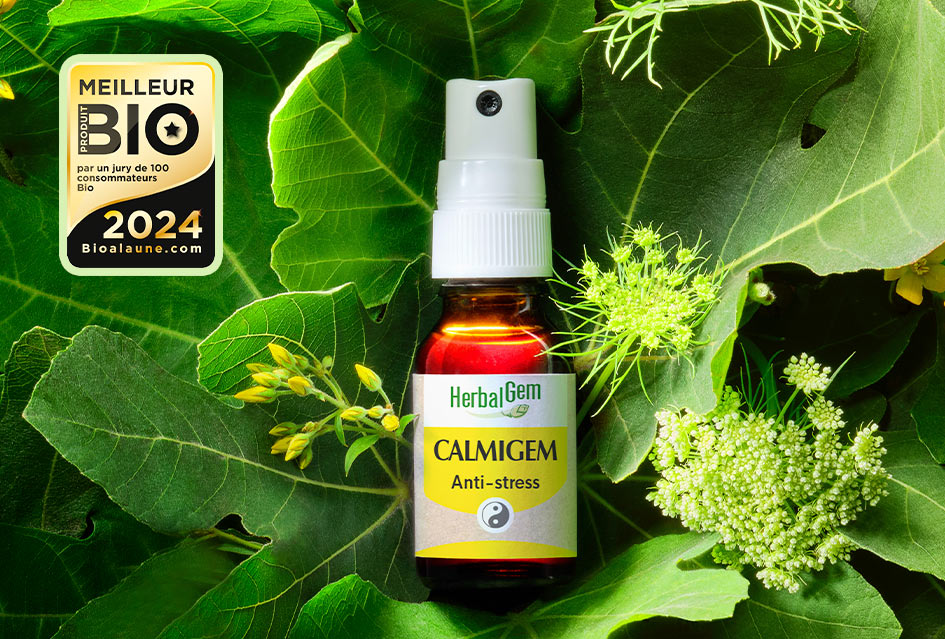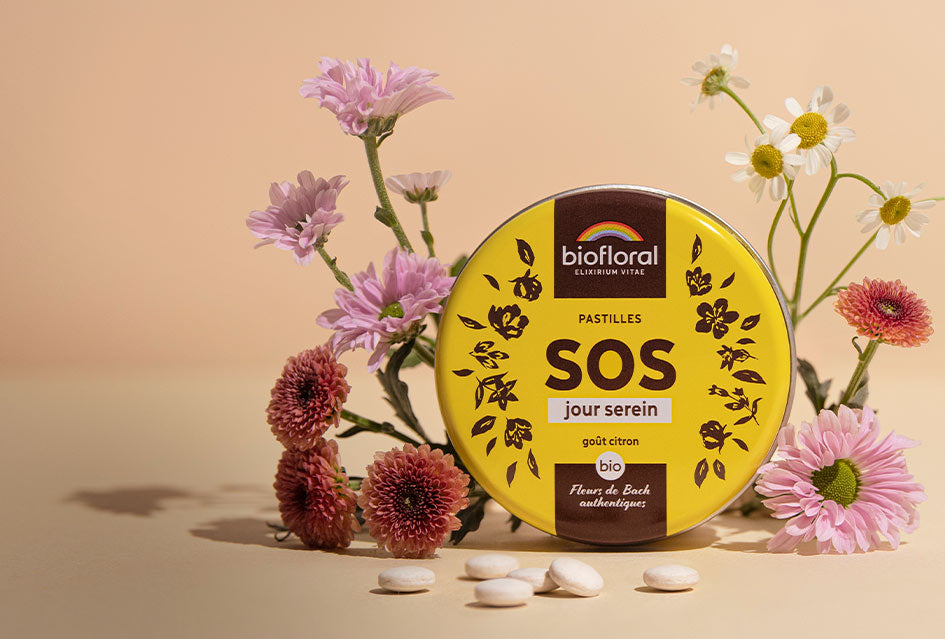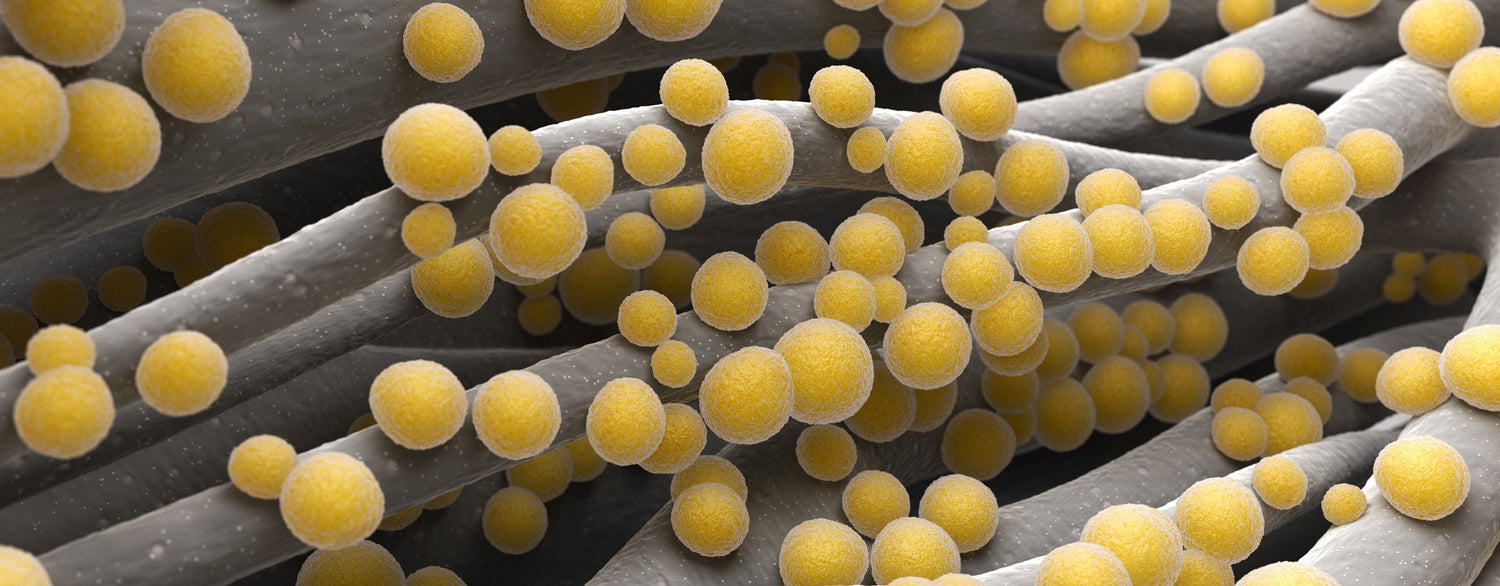Microbial spoilage is the most common cause of food deterioration. Thus, one of the major concerns of the food industry is the control of spoilage and pathogenic organisms. Therefore, a broad range of chemicals that inhibit microbial growth are added to food during manufacture to extend shelf-life and ensure food safety and quality. However, although the effectiveness of traditional preservatives is recognized, their safety has been questioned (Türkoglu 2007).
- TYPE DE SOLUTIONS
- Best-Sellers
- Solutions prêtes à l'emploi
- Compléments alimentaires
- Huiles Végétales
- DIY / Coffrets
- Perles d'Huiles Essentielles
- Diffusion
- Hydrolats
- Livres
- Voir tout
- NOS GAMMES
- Aromaboost® - Nouveau
- Allergoforce
- Digestarom
- Aromalgic
- Oleocaps +
- Aromapic
- Aromaforce
- PranaBB
- Voir toutes les gammes
- VOS BESOINS
- Allergies
- Digestion et transit
- Articulations et muscles
- Confort circulatoire
- Immunité et Bien-être
- Piqûres et insectes
- Bébé et maternité
- Confort urinaire
- Respiration et ORL
- Dépendances
- Voir tous les besoins
- PRANARŌM
- Le laboratoire Pranarom
- Recherche scientifique
- LA SCIENCE DES HUILES ESSENTIELLES
- Distillation des Huiles Essentielles
- Les Huiles Végétales
- Les Hydrolats
- Diffusion d'Huiles Essentielles
- LE GROUPE INULA
- Notre raison d'être
- Nos engagements



